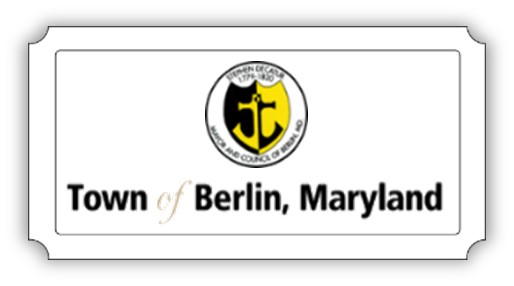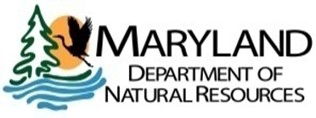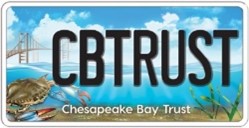This restoration site is part of the Maryland Coastal Bay’s Trail to Restore the Shore project! Click on this story map link to learn more about this location and the other restoration sites part of this trail!
Located in the Town of Berlin, Maryland, on the corner of Graham Avenue and Old Ocean City Boulevard. Coordinates 38.333667-75.217520.
The Town of Berlin was experiencing issues with localized flooding during heavy rain events due to a lack of sufficient stormwater management infrastructure capacity. Moreover, untreated stormwater runoff carries pollutants, including nutrients, sediment and other harmful chemicals that impair water quality in downstream waterways in the Coastal Bays. Before restoration took place, this site was a vacant field owned by the Town that was the former site of an electrical substation. The site was converted to a submerged gravel wetland to help alleviate flooding in the adjacent neighborhood and provide a natural filter for stormwater to decrease pollutants entering the stormwater drains and local waterways.
With the goal to reduce flooding and improve water quality through a “green infrastructure” approach, the Town received grants from Chesapeake Bay Trust and the Maryland Department of Natural Resources to design and install a submerged gravel wetland at the site. The project was implemented through a partnership of the Town, EA Engineering, Science and Technology, Inc. PBC, Goody Hill Groundwork Inc., and Maryland Coastal Bays Program. Once a design was approved, construction began in 2019 and was completed in September 2020. A submerged gravel wetland serves to store stormwater runoff and provide a small-scale filter using wetland plants in a rock media to provide water quality treatment. Runoff drains into the lowest elevation of the wetland, is dispersed throughout the system, and releases at the surface. Pollutant removal is attained in a submerged gravel wetland through biological uptake from algae and bacteria rising within the filter media. Wetland plants also provide nutrient uptake.
This restoration project has helped to reduce localized flooding during major storm events and is designed to remove approximately 165 lbs of nitrogen, 16 lbs of phosphorus, and 8,400 lbs of suspended sediments per year from the downstream receiving waterways. It has also served as a model for the application “green infrastructure” as an environmentally friendly approach to stormwater management that integrates the reduction of runoff volume with the improvement of water quality.
Thank you to our partners, funders, and volunteers for joining the Maryland Coastal Bays Program in implementing this restoration project.




